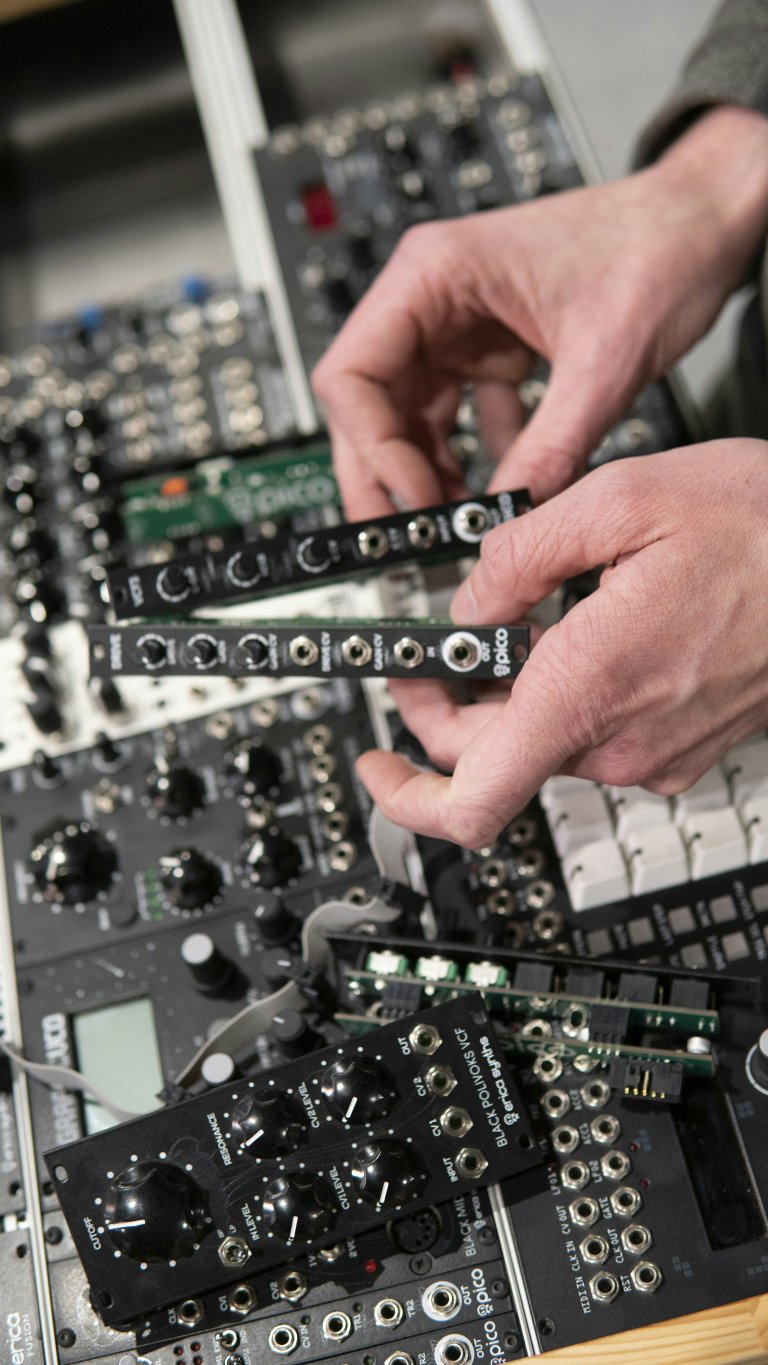The Uses of Microphones and Speakers in Computers
In the world of technology, microphones and speakers have become essential components of computers. These audio devices play a crucial role in various applications, ranging from communication to entertainment. In this article, we will explore the uses of microphones and speakers in computers.
Communication
One of the primary uses of microphones and speakers in computers is for communication purposes. With the rise of remote working and online communication, these audio devices have become indispensable in everyday life. Microphones convert sound waves into electrical signals, which are then transmitted through the computer’s sound card. Similarly, speakers receive electrical signals from the computer and convert them back into sound waves, enabling us to hear the audio transmitted by the other party.
Microphones and speakers are commonly used in video conferencing, online meetings, and voice calls. They allow for clear and effortless communication, regardless of the distance between the users. With advancements in technology, these audio devices have also become an essential part of virtual assistants like Siri, Alexa, and Google Assistant, enabling us to interact with computers through voice commands.
Recording and Broadcasting
Microphones are also widely used for recording and broadcasting purposes. They capture sound waves and convert them into electrical signals, which can then be stored and played back. Many professionals, such as musicians, podcasters, and voice actors, rely on high-quality microphones to capture their audio recordings with precision and clarity.
In addition to recording, microphones are also used in broadcasting live events through computer systems. For example, news reporters and commentators use microphones for their live broadcasts, ensuring that their voices are picked up by the computers and transmitted to the audience.
Speech Recognition
Speech recognition is the ability of computers to understand and interpret human speech. This technology has become increasingly prevalent in recent years, with microphones playing a crucial role in its functioning. The microphone picks up the user’s voice, which is then processed by the computer’s speech recognition software. The software analyzes the speech patterns and converts them into text, enabling users to control their computers through voice commands.
Speech recognition is widely used in virtual assistants, speech-to-text applications, and voice-powered search engines. It has proven to be a game-changer for individuals with disabilities or those who prefer hands-free interaction with their computers.
Entertainment
Microphones and speakers have also revolutionized the entertainment industry. They enable us to enjoy music, movies, and games on our computers with high-quality audio. With the help of headphones or external speakers, we can listen to music and watch videos privately without disturbing others. Similarly, microphones are used in gaming to communicate with other players during gameplay or to record voiceovers for live streaming.
The advancement of technology has also led to the development of specialized microphones for gaming, such as noise-canceling microphones that pick up clear audio and filter out background noise.
Accessibility
Microphones and speakers have also played a crucial role in making computers more accessible for individuals with disabilities. For those with hearing impairments, speakers can be replaced with headphones or hearing aids, which can amplify the audio output from the computer. On the other hand, individuals with visual impairments can use speech recognition to interact with their computers, making it easier for them to navigate and use different applications.
In addition to this, microphones and speakers are also used in assistive devices like screen readers and text-to-speech software, allowing individuals with disabilities to use computers with ease.
Conclusion
From communication to entertainment, microphones and speakers have become an essential part of our everyday lives. These audio devices have significantly enhanced the functionality of computers, making them more accessible, interactive, and enjoyable. With the constant advancements in technology, we can only expect these uses and applications to grow and evolve in the future.

